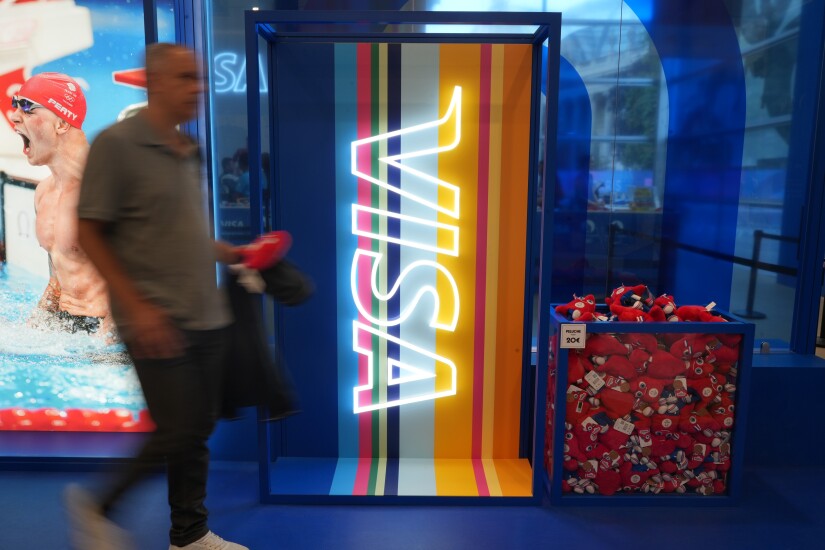Making payments directly between bank accounts is not a new idea — it's not even novel. But a convergence of factors are making what's called pay-by-bank one of the hottest trends in the payments industry.
Also called account-to-account payments, several large projects were either announced or got underway in the past few weeks.
"There are a number of contributing key factors to the growth of pay-by-bank, including open banking and real-time payments adoption, and a lower-cost alternative to card payments," said Elisa Tavilla, director of debit payments at Javelin Strategy & Research.
A2A transactions make up a small but expanding share of payments. In the United States, A2A e-commerce payments totaled $1.2 trillion in 2017, $2.7 trillion in 2022 and are on pace to reach $4.5 trillion by 2027, according to McKinsey, noting the percentage of A2A was expanding from less than 3% to 5% in that time, while the percentage of card payments is falling from 94% to 90%.
Walmart, Dwolla and the card brands have all scheduled new A2A features that are set to go live in early 2025. This accelerates what had already been a trend toward
The initiatives come as the Consumer Financial Protection Bureau
While payment experts say the new rule
"This will likely further increase growth in open banking and pay-by-bank in the U.S.," Tavilla said.
Here are several major A2A initiatives that just got launched or dramatically expanded since the end of August.













